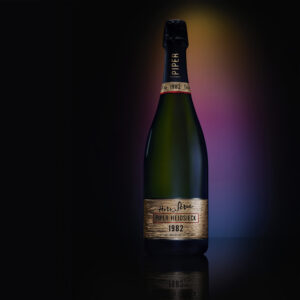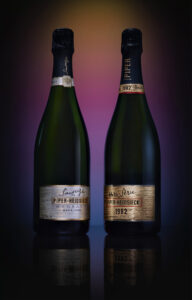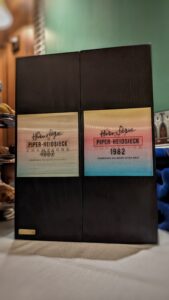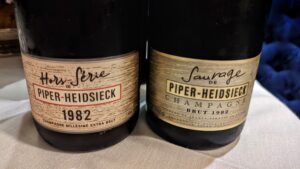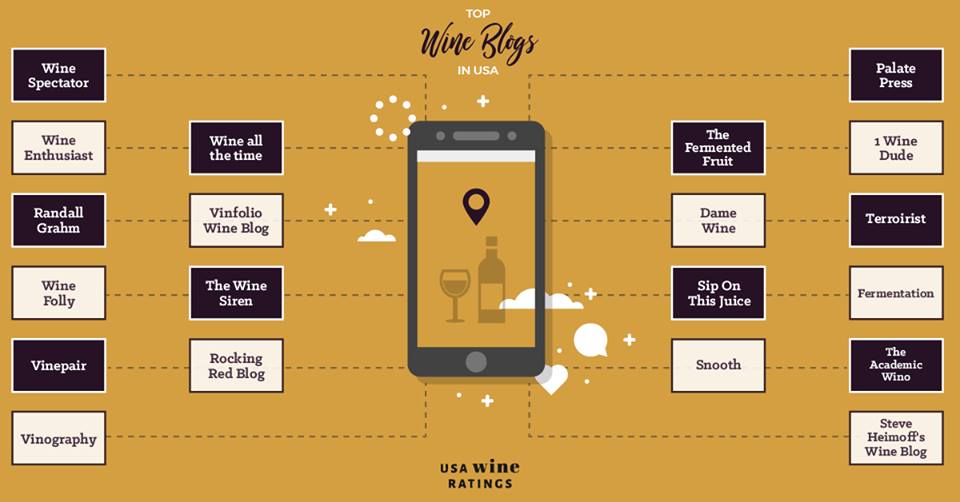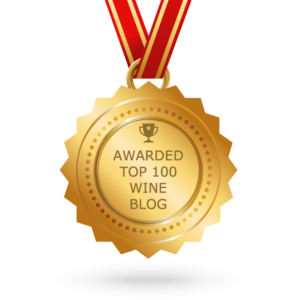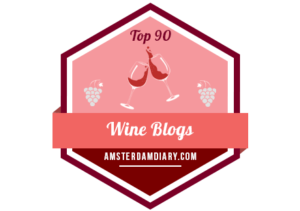As the group descended the seemingly endless flights of stairs, the temperature significantly dropped with many throwing on a jacket they had brought. At the bottom of this downward journey, deep below the ground, was dim lighting sporadically placed at the top of the tunnels carved within the solid chalk soil. It was so quiet that one of the men in the group could hear his heartbeat as he walked down these passages. A tremendous amount of excitement started to build within him because this was his initiation into becoming an essential part of a great Champagne house with a longtime chief winemaker who is a living legend within the Champagne world.
Suddenly, there it was, the purpose for such a journey finally presented itself after various smaller caves were passed until they arrived at the place where an extremely important induction would take place; the new chief winemaker for Piper-Heidsieck, Emilien Boutillat, was about to taste his first old vintage of Piper with the previous chief winemaker Régis Camus. In a section of the small cave in which Régis and Emilien entered was written “1982” on a sign with a stack of bottles behind it that seemed to have decades of dust on them.
There Régis would choose one of the Extra Brut Vintage 1982 bottles that would be tasted with a twin 1982 bottle, a twin that was alike in almost every way except for one stage of its life, and that one change would end up placing the twins on different journeys.
1982 Vintage Hors-Série Edition
Last year, the new chief winemaker at Piper-Heidsieck, Emilien Boutillat, released the first edition of his own personal Piper project called Hors-Série – a name used by French magazines to indicate a “special edition.” The Hors-Série project allows Emilien to be completely free in expressing his creativity, whether it is releasing an older vintage that displays an exciting aspect of Piper’s past or illustrates something new such as a winemaking technique or how they are combating climate change. The second edition of Hors-Série, just recently released, shows how Piper-Heidsieck was ahead of the trend, several decades ago, by making Extra Brut Champagne which is drier than Brut Champagne.1
This Piper-Heidsieck Extra Brut was called ‘Brut Sauvage’ as it displayed the “wild” side of Piper; it was an extremely unorthodox choice in the 1980s as Extra Brut wasn’t a trend and barely known at the time and the fierce acidity that many times were present in these wines was too much for the consumers back then. Of course, the ‘Brut Sauvage’ of the 80s should not be confused with the Piper-Heidsieck Rosé Sauvage of today as that is a Brut Champagne Rosé and today Piper has an Extra Brut Champagne under the name ‘Essentiel.’
Emilien talked about how releasing the 1982 Extra Brut Champagne was a way to show consumers the “bold side” of Piper that was beyond its time and besides it being the first old vintage of Piper-Heidsieck he tasted, the vintage is similar to the current 2022 growing season; 1982 was considered a warmer vintage like 2022 yet what was considered warmer back in the 1980s is entirely different than today. The 1982 vintage produced concentrated grapes so it was ideal for making as an Extra Brut only adding four g/L (grams per liter) during the dosage2 as the acidity wouldn’t have been as sharp. And in a way, it was unknowingly a first step in finding balance with climate change even though permanent changing conditions, such as higher average temperatures, weren’t considered the severe threat it is today.
And down the line, Emilien said he has some exciting bottlings to release that will show how Piper-Heidsieck finds harmony with much warmer vintages.
Twins with Different Life Experiences
Not only will Champagne enthusiasts be able to try the limited edition of the Hors-Série 1982 bottle just recently released onto the market but they will also be able to taste two 1982 twins that have gone on two different journeys. There will be another release that will be extremely limited within a two-bottle box, including the Hors-Série, which was disgorged3 in January of 2022, and the other, the Brut Sauvage, disgorged in 1992. Both of the bottles not only come from the same vintage, but they are the same blend and went through the same winemaking process (both have four g/L residual sugar added during dosage), yet when it comes to disgorgement, they have taken two different paths. It is fascinating to taste them side by side, tasting two older Vintage Champagnes that have the same heart and soul, which are noted in both the core of each wine, yet there are several nuances of variations between the twins.
This new release of the 1982 Hors-Série, especially the box set of the twins, is multilayered in the wines’ expressions and their combined story; a story that shows the deep respect Piper-Heidsieck has for the past but is ready to make giant leaps into the future.
And in a way, these two bottles represent the changing of the guard from the legendary former chief winemaker Régis Camus to the current, Emilien Boutillat. Both men were born and raised in Champagne and have a passion for excelling by making the best Champagne in the world. Still, Régis started immediately working for a Champagne house. In contrast, Emilien worked in various wine regions such as iconic producers in Bordeaux, the Southern Rhône, as well as New Zealand, California, Chile and South Africa. One journey is not better than the other as they both have what they need at the core, but certainly, a different life experience is navigating Piper-Heidsieck into the future.
This is a future that still holds a lot of surprises and it is only just the beginning of this new chapter, a chapter that started when Emilien took his first sip of the 1982.
***Link to original article published on Forbes: https://www.forbes.com/sites/cathrinetodd/2022/11/18/exciting-release-of-an-extra-brut-vintage-champagne-wine-that-is-40-years-old/
There are 2,500 single boxes of the 1982 Hors-Série and 500 dual boxes of the 1982 Hors-Série and the 1982 Brut Sauvage. Emilien and his team have tasted all the bottles to ensure that all bottles released onto the market are in great shape. And the labels of the wines are similar to the past Extra Brut Sauvage labels, with the dual box set highlighting the twins as there are two holograms which, when moved side to side, shows the changing names of Hors-Série and Sauvage alternating from box to box.
Single Box release of Hors-Série:
Hors-Série 1982: 60% Pinot Noir and 40% Chardonnay. There is a lifted brightness on the nose with intense minerality and notes of citrus flower that becomes more like juicy peach on the palate with vibrant acidity – a beautiful balance of complex aromatics, fresh fruit and lots of energy with a very long, expressive finish with notes of salty lemon and toasted bread. Suggested retail price is $599.
Dual Box release of Hors-Série and Brut Sauvage:
Hors-Série 1982: 60% Pinot Noir and 40% Chardonnay; tasting note given above.
Brut Sauvage 1982: 60% Pinot Noir and 40% Chardonnay. There is more evolution with the Brut Sauvage 1982 compared with the Hors-Série 1982. Decadent notes on the nose such as honeycomb, pineapple upside down cake and brioche with a creamier palate that feels lush in the mouth with a long, flavorful finish and a touch of caramelized apples. It is interesting how the 1982 Brut Sauvage is creamier and richer on the palate than the Hors-Série as one might think that the one on lees longer (the Hors-Série) would have more creaminess on the palate but the post-disgorgement aging, known as the maillard reaction between the sugars (added at dosage) and amino acids, can create a richness that might explain why the Brut Sauvage is creamier. Suggested retail price is $1,500.
1 The Brut Champagne category is allowed to add 0 to 12 g/L of sugar to the dosage but many times, in practice, the amount added is between 10 to 12 g/L to balance the high acidity. The Extra Brut category is only allowed between 0 to 6g/L as it is a drier style.
2 Dosage is the tiny amount of wine that tops off the Champagne bottle after disgorgement.
3 Disgorgement is the ejection of the deposit collected in the bottle’s neck due to the remuage process. Remuage is the process that allows the sediment (lees created by the second fermentation in the bottle to develop bubbles) to collect in the neck of the bottle in preparation for disgorgement.

